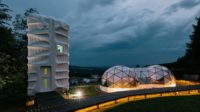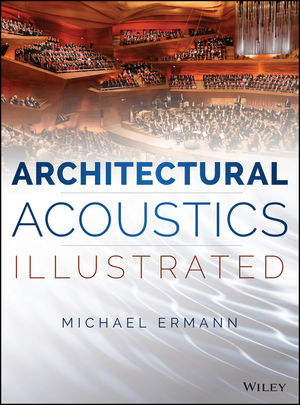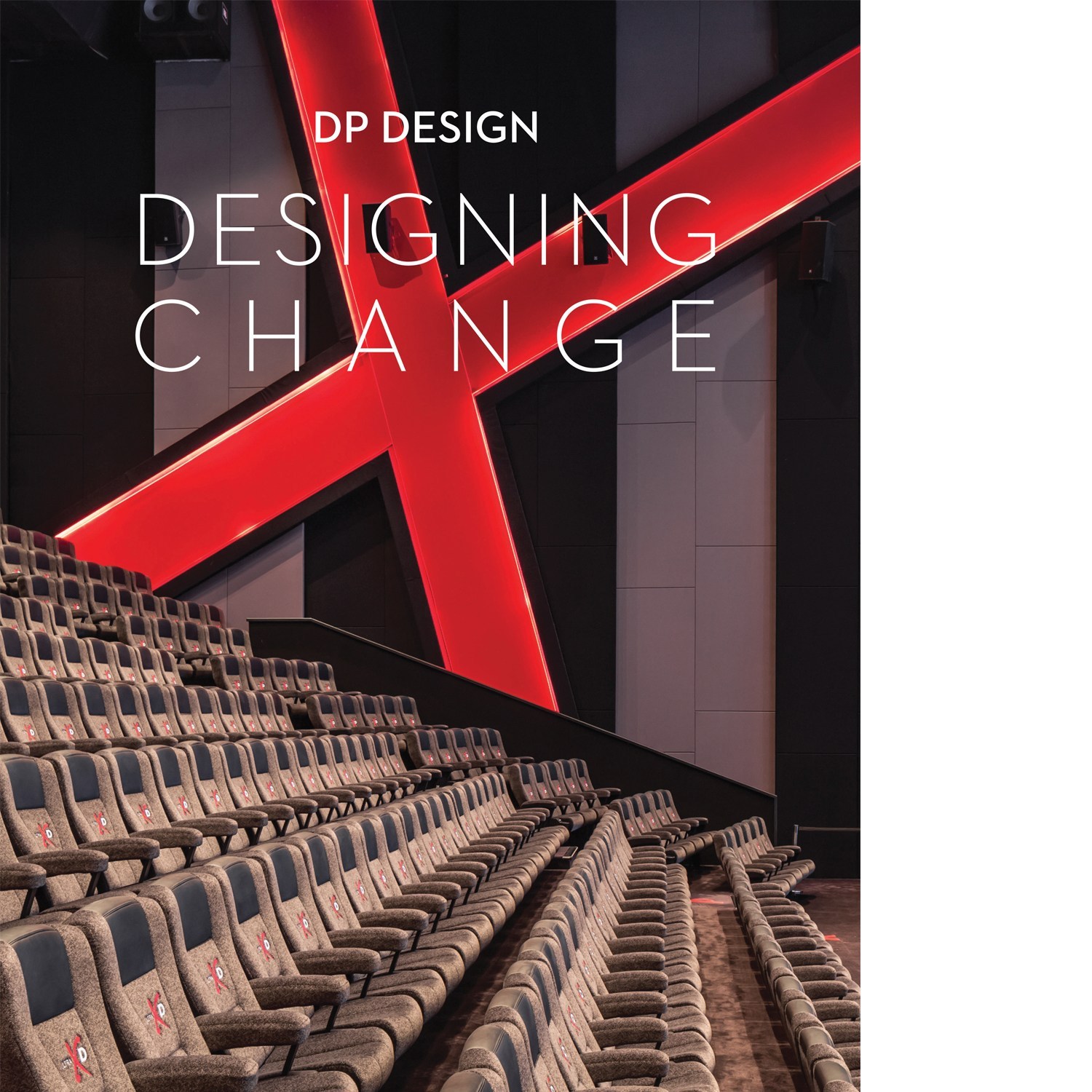Jeju Province, South Korea
Jeju may seem an unlikely place to pioneer a new form of structural expressionism in office architecture. The southernmost province in the Republic of Korea—a 713-square-mile volcanic island with the long-dormant Halla Mountain at its center—lies 57 miles off the mainland. Its subtropical climate and natural and fantastical attractions (including one of the world's longest lava tubes and museums dedicated to erotic art and teddy bears) make it a popular tourist destination.
But in Jeju, Minsuk Cho of the Seoul-based architecture firm Mass Studies used the job of creating offices for Daum Communications, a web portal and media company, to demonstrate how a rigorously conceived system of structural elements can produce a building that expresses the dynamic energy of a fast-growing high-tech client. Daum is in the process of moving its main offices from Seoul to this idyllic isle (population 585,000) because it needs more space. In addition, standard office blocks in Seoul are expensive, and their vertically stacked floors with separate executive offices are not ideally suited to Daum's open way of working. On Jeju, the company can expand horizontally on a 33-acre site in a larger development designated for technology industries. The emerging IT hub, meant to emulate the success of Silicon Valley, is near Jeju University, which plays the role of Stanford here, to complete the comparison with California's high-tech corridor.
Cho first gained attention as a partner in Cho Slade Architecture, a firm he founded with James Slade in New York in 1998 before returning to Korea and starting Mass Studies in 2003.
The firm designed the master plan for the Daum development, as well as the first building, Daum Space.1. Rather than follow a typical model—offices scattered around a campus—the plan concentrates buildings along an “urban” axis and frees up an open “rural” area for a tennis court, putting greens, a walking trail, and a vegetable garden.
Cho and his team placed Daum Space.1 at the center of the plan, allowing growth to the north and south, and designed it as a set of vaulted concrete modules (see Close-Up, below) that enclose swaths of open work areas.
The building's curved colored-concrete forms and complex spatial organization set it apart from the plain white-box offices built by other companies in the area. Its repeating modules, stacked in irregular ways, create rhythmic combinations almost musical in nature. At the same time, its muscular roofs and a series of bulbous concrete piers that fan out at the top to form either half or full circles define an almost neo-Brutalist aesthetic with its own swaggering personality. And the horizontal thrust of the building's forms can be read as a metaphor for Daum's corporate structure.
Yet the macho architecture is softened by the gently curved modules that create it. The structural components break down the 98,850-square-foot five-story building into sections stacked like an off-kilter wedding cake. “It has the feel of a village,” says Cho, “with an urban scale inside and outside.” Even the massive piers are tempered by plants growing on the exterior of their concave curves.
The architects clad the concrete roofs with thin planks of Indian hardwood, adding texture to these surfaces while matching the rest of the building's reddish-brown. Curved and cantilevered beyond the building's glazed perimeter, the roofs help protect interior spaces from the sun and shield outdoor dining areas, meeting places, and all-important smoking lounges.
The spatial dynamics are even more impressive inside. Tall office areas flank two triple-height atria on the lower floors. Cho compares these areas to the Great Workroom at Frank Lloyd Wright's Johnson Wax Administration Building in Racine, Wisconsin, which, like the Larkin Building before it, reinvented the workplace with a large open-plan floor. Although low movable dividers separate the work areas, tall second-story office spaces recall Wright's famous room with its reddish walls and daylight floating in from above. Windows on a mezzanine level face the work spaces, just as they do at Johnson Wax. But daylight, rather than trickling through individual managerial offices (a no-no in Daum's flat organizational structure), enters the atria from conference rooms and other shared spaces.
An auditorium on the southeast corner of the building, next to a sunken courtyard, offers views to the sea when its floor-to-ceiling curtains are open. The space is used by Daum and also is rented out to the community for movies, musical events, and even served as a campaign stop for a 2012 presidential candidate. An adjacent coffee shop and cafeteria are also open to the general public.
Those bulging concrete piers assert themselves on the inside as well as the outside of the building, injecting graceful curves and providing space in their hollow cores for stairs, elevators, restrooms, and conference rooms. “There are meetings everywhere, in unexpected places,” says Cho as he points to a small group of Daum employees in a room reminiscent of a California crash pad.
How have Daum Space.1's bold architecture, open offices, and recreational amenities affected the work of its 350 employees? Dong-Heon Han, a manager at Daum, says it is difficult to measure their productivity compared to that of their 1,100 colleagues in the Seoul office. But he claims that employee retention is higher in Jeju than in Seoul and that, in the company's annual survey, 90 percent of Jeju employees said they were happy. Daum, which had planned to move all of its workers to Jeju by 2020 but now says the schedule will be determined by corporate growth, was initially concerned that workers in Seoul would not want to relocate. But today, with Daum Space.1 at full capacity, some employees in the capital are on a waiting list to make the move.
Close Up: Modules
Construction modules are common in contemporary architecture, beloved for the economy of their repetitive nature. But at Daum Space.1, Mass Studies used modules for less pragmatic, more conceptual reasons. According to principal Minsuk Cho, standardized units bring rigor to the building—something he thinks is often missing in a digitally empowered age. Cho started with five types of modules, each 28 feet square, then stacked them five stories high in combinations varying from 8 to 49 per floor. The design allows for 41-foot spans and 21-foot cantilevers. Exceptions to the standard types, such as ones with pointed-arch openings, add a bit of flexibility to the scheme. Each module has a rounded corner, and together these add a vocabulary of curved elements—albeit restrained ones—to a mostly rectilinear composition. The modules bring a cadence to the large project and establish a relationship between repetition and irregularity.
People
Owner:
Architect:
Personnel in architect's firm who should receive special credit:
Engineer(s): MEP Engineer: HANA Consulting & Engineers
Consultant(s): Lighting: Newlite
General contractor:
Photographer(s): Size: 98,850 square feet Cost: withheld Completion date: November 2011 |
Products
Structural system
Exterior cladding
Roofing
Windows
Glazing
Doors
Hardware
Interior finishes
Lighting
Conveyance
Plumbing |



















Post a comment to this article
Report Abusive Comment